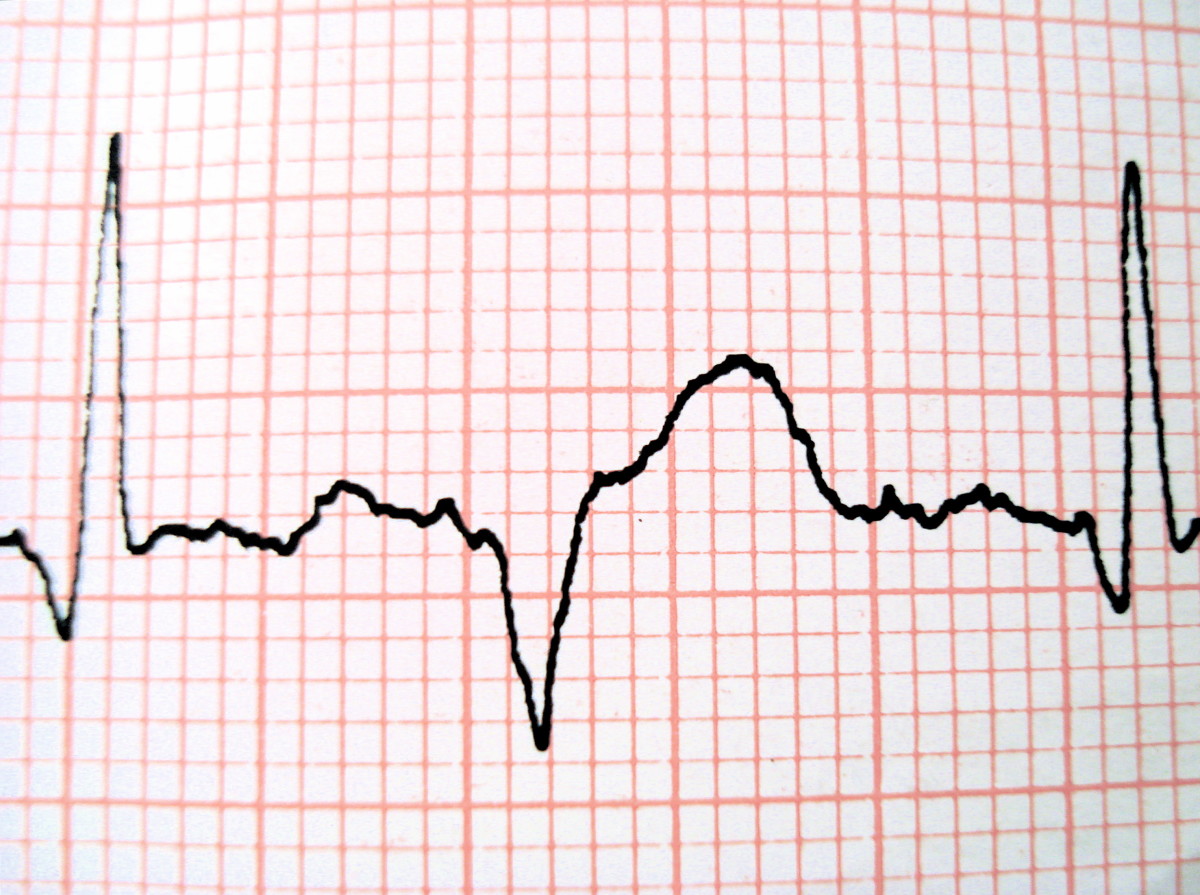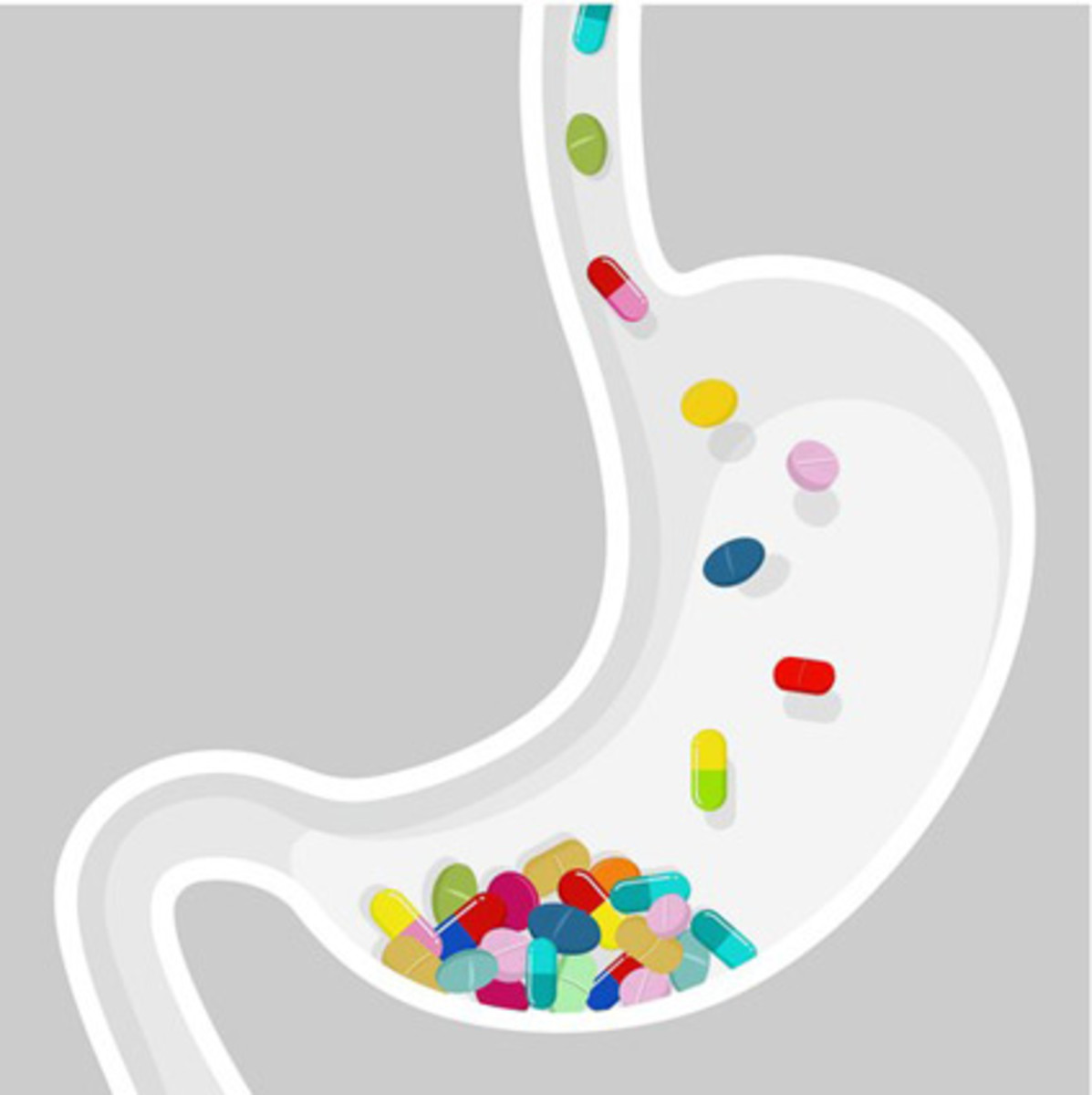My Nuclear Science Week Shout-out: What is Nuclear Medicine?
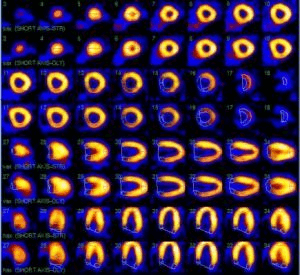
That's Nu-cle-ar
National Nuclear Science Week is a week devoted to spreading information about nuclear sciences and appreciating the professionals working in the advancement of the industry (Hey, that's me!). So this Hub is an attempt to spread a little nuclear around for us all to share! My profession is in Nuclear Medicine Technology, a division of Nuclear Medicine. This is just a brief description of what the general field of Nuclear Medicine is about (ie: not a scientific article) for inquiring minds.
Nuclear medicine is a division of Radiology. When many people hear that I am a Nuclear Medicine Technologist, I get "Oh, like an MRI?" Well, it depends what you mean by "like." MRI, X-ray and CT are all diagnostic imaging modalities in the Radiology department, as is Nuclear Medicine. The actual science and imaging procedures are quite different though between Nuclear Medicine and those using X-ray radiation and magnetic resonance.
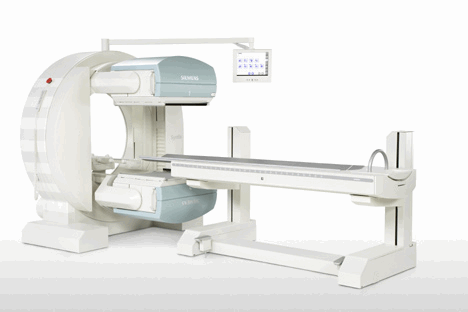
Some unique characteristics about Nuclear Medicine:
Cameras used in nuclear medicine do not emit radiation (unlike X-ray and CT). In nuclear medicine, the patient is the source of radiation, and the cameras detect the radiation coming from the patient. So how does the patient become radioactive? Us of course! (The technologists, that is) We administer radioactive material to the patient (usually intravenously or orally) so our cameras can then detect what's going on inside of the body.
Nuclear medicine images the physiology of the body (what is happening inside the body) which is quite different than most diagnostic imaging modalities that image anatomy (what it looks like inside the body). This is why in nuclear medicine, we need specialradiopharmaceuticals depending on which test is being done: a gamma-emitting radioisotope is attached to a pharmaceutical that will perform a function, or follow a specific pathway in the body that we want to evaluate. For example, if we want to image to image the function of the kidneys, we attach radioactivity to a material that, once injected into the blood stream, will be excreted through the kidneys, so we can watch how effectively the body is able to do this (remember, the material is radioactive, so our cameras can watch where it travels in the body, as it travels through the body, and how long it takes to do it). If we want to image areas where cancer is in the body, we inject radioactive sugar (flurodeoxyglucose-18). Why sugar? Because tumor cells are highly metabolic and love to eat - they suck up sugar like a sponge does water. If we inject sugar into the body that we can see, we are able to detect areas in the body where cancerous cells are (this is what we do in PET imaging). An advantage to this type of imaging for cancer, is that many times an area where cancer has spread is too small to be seen by Xray or CT imaging. When we are looking at the physiology, we can detect the metabolic activity of cells that are the same size as all of the other cells around it, and identity the cancerous ones.
Because we are watching the way material behaves inside of the body, the time of nuclear medicine imaging is dependent on our own physiology. However long the natural biological pathway is in our body for a certain material to manifest in the area we need to see it, is the amount of time the test takes. This is why many nuclear scans can take well over 1-4 hours. Some imaging requires patients return to the department a day or even a week later for further imaging.
Nuclear medicine can be combined with CT imaging (sometimes in the same camera) to obtain the advantage of physiological depictions fused with anatomical pictures. (MRI is also being combined with CT for certain imaging). SPECT/CT (Single Photon Emission Computed Tomography/Computed Tomography) and PET/CT (Positron Emission Tomography/Computed Tomography) are both terms used when referring to the combination of the two modalities.
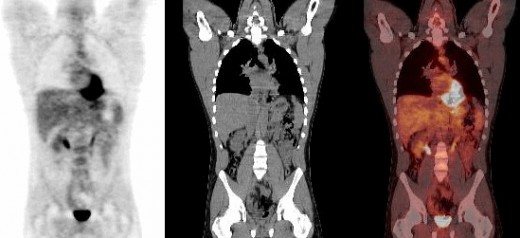
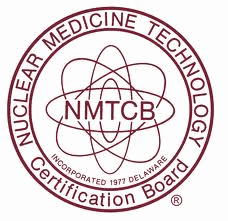
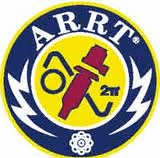
So, who is performing the test?
The technologist performing the study is a Nuclear Medicine Technologist. They have received specialized training in the field of Nuclear Medicine (usually 18-24 months) including a curriculum of nursing/patient care, nuclear physics, radiopharmacy, radiation biology, and extensive clinical training. Additionally, most technologists also have about 2 years of undergraduate work, including required courses in anatomy and physiology, organic and biochemistry, medical terminology, and medical statistics. Most technologists have an Associates or Bachelors degree. After completing their education, all technologists must pass a national certification board (administered by either the Nuclear Medicine Technologist Certification Board or the American Registry of Radiologic Technologists, or both). After passing the national certification boards, many states also require technologists to be licensed (I am licensed by the Maryland Board of Physicians). In order to keep active certification and licensing, all nuclear medicine technologists must complete around 24 hours of continuing education credits every 2 years.
Test results are interpreted by a Radiologist or a Nuclear Medicine Physician.
Additional Information
Not all nuclear medicine applications have been discussed in this article. Nuclear medicine detects radiation levels using uptake probes in some studies, can be used as a pre-surgical aide in localizing lymph nodes, and is also used in ablation and palliative therapies (among other applications).
This is a very broad and general description of certain aspects of nuclear medicine. Some terminology may not be very specific for the purposes of general communication ease. If anyone has any more specific questions about nuclear medicine technology, please ask!
I will also be posting a link soon to a blog hosted by a nuclear technologist that's main purpose is to inform patients about nuclear medicine studies. It's interactive and patients can share experiences and ask questions to an experienced professional!
*Update: Here is the new Nuclear Medicine Patient Blog!
More information about Nuclear Medicine
Society of Nuclear Medicine www.snm.org





